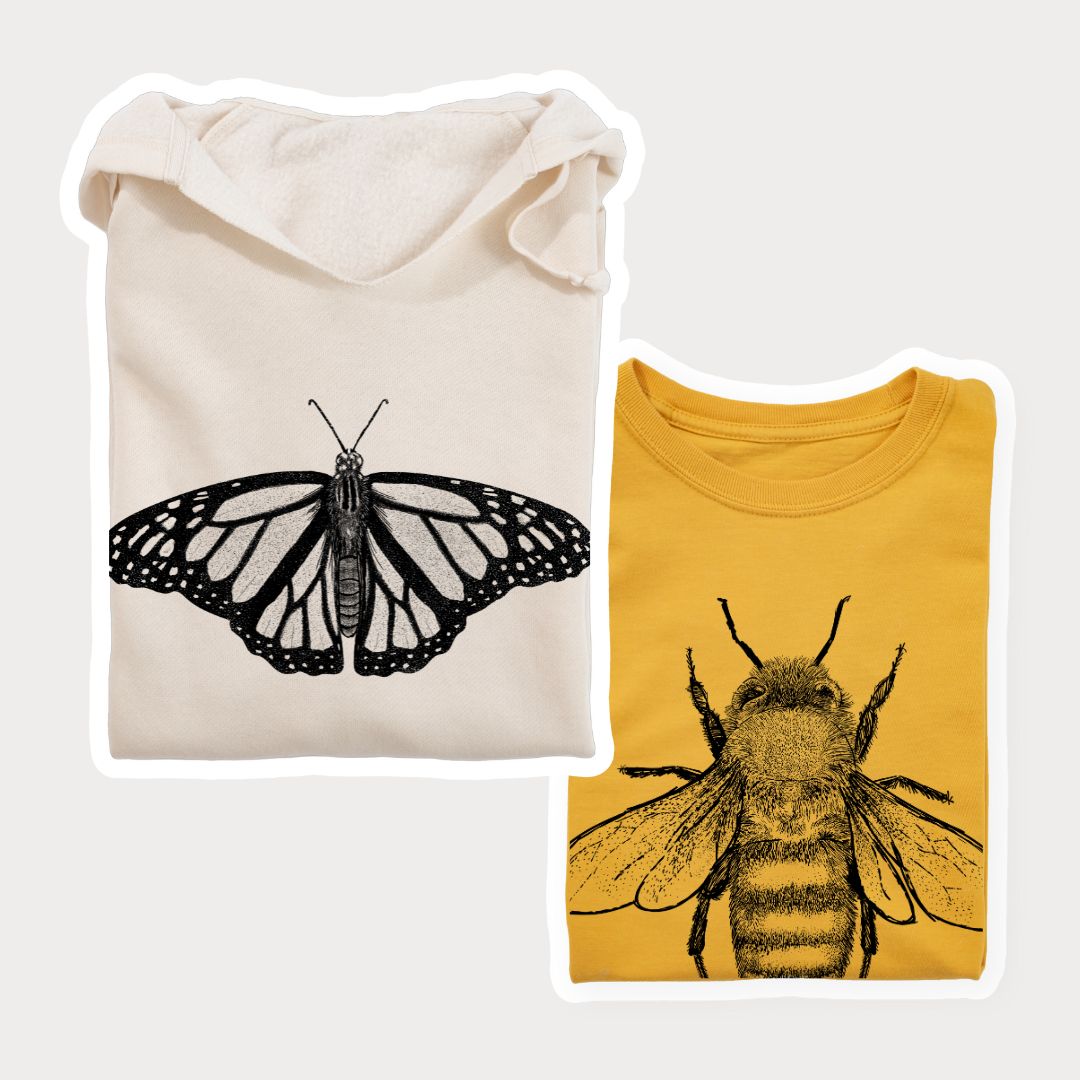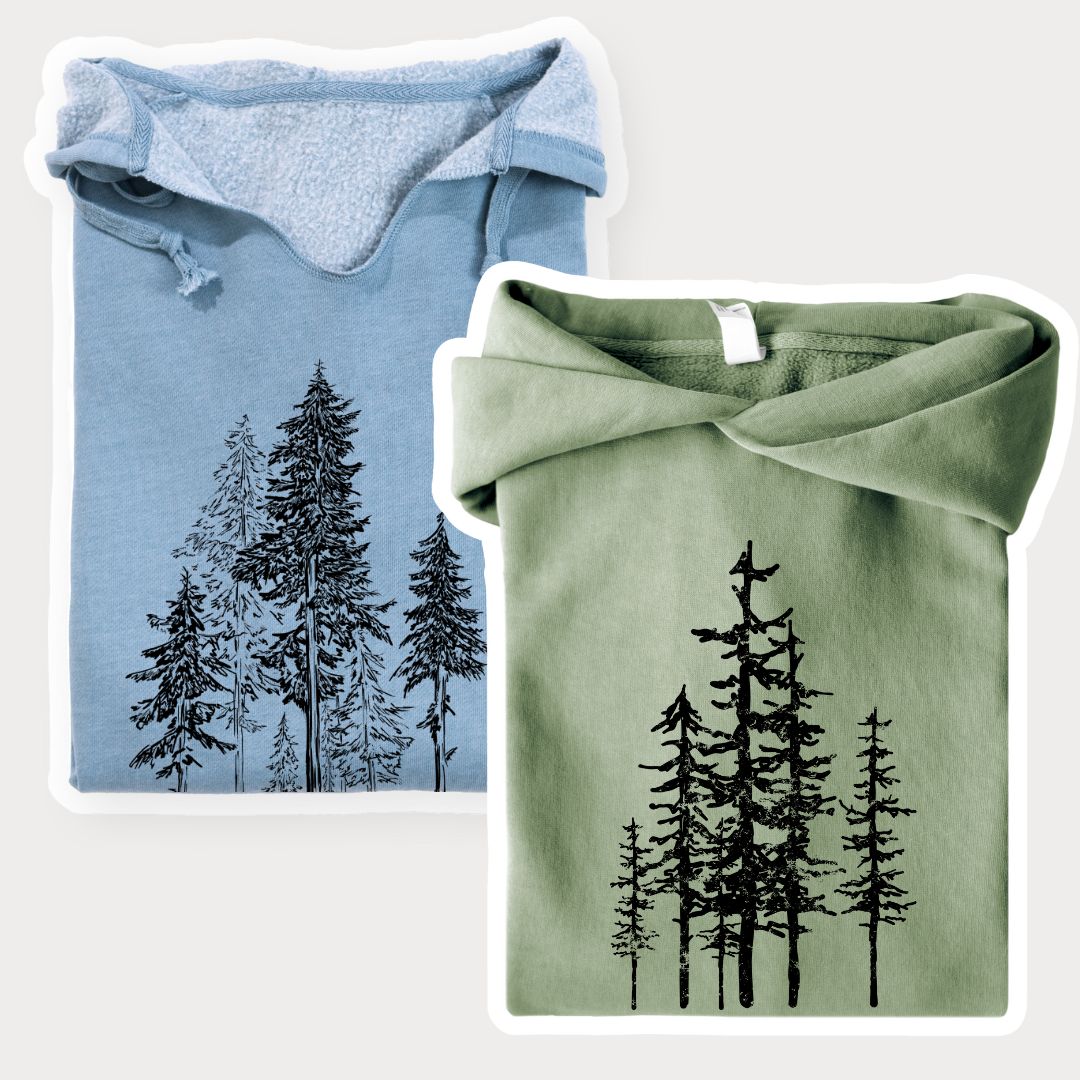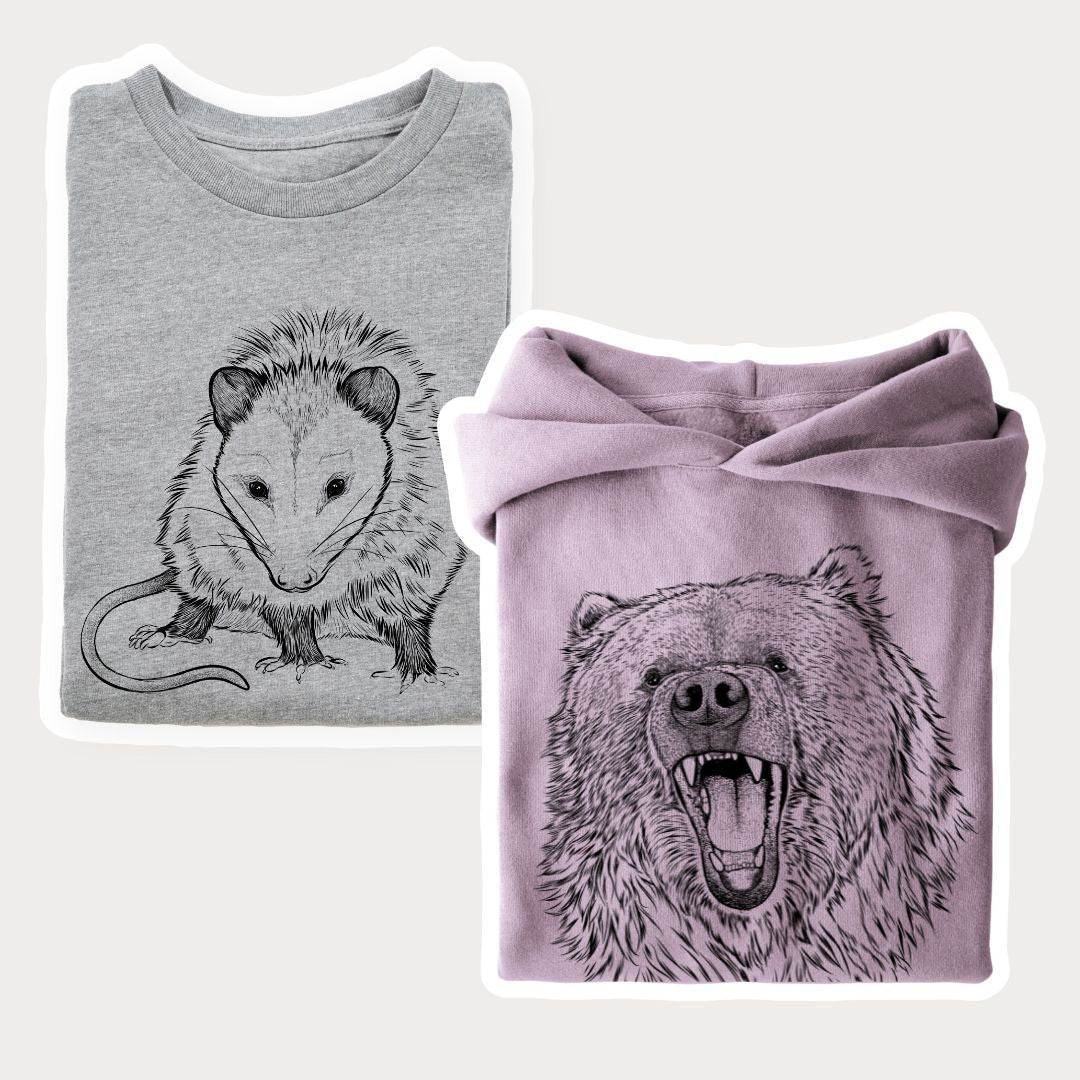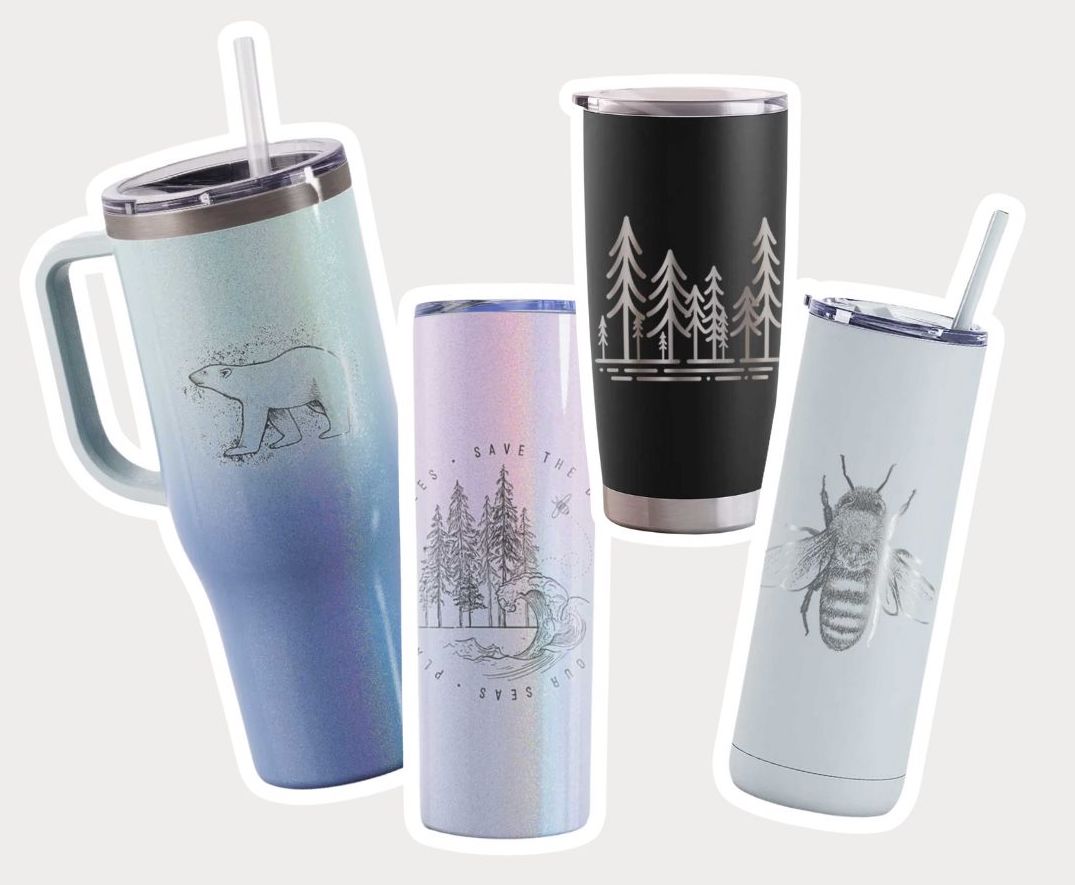Stop Deforestation Effects on Animals
Deforestation is the removal of trees and other plant life for agriculture or livestock cultivation. The resulting deforestation effects impact wildlife on an international scale. Increased awareness of deforestation's impact on animals helps create and implement solutions.

Why Deforestation Effects Are Rising
Among the main agricultural culprits behind deforestation is the high demand for palm oil and soy. Palm oil is commonly used to substitute animal fat in processed foods such as crackers and cookies. Soy is grown for human and animal consumption; animals such as chickens, pigs, and cattle often eat it.
Meat consumption, especially beef, is directly linked to deforestation. Cattle ranching requires large tracts of land for grazing. If cattle graze in the same pasture for too long, over-grazing may occur. This renders the land unusable for grazing and leads to more deforestation effects.

How Forest Wildlife Is Impacted
Deforestation is one of the leading causes of habitat loss for endangered species. Forests provide homes for over 50% of Earth's animal life, and many of these forests host unique species unable to thrive within any other environment.
Pandas are one example of a vulnerable species that require forests with unique qualities. Wild pandas live in and around bamboo forests growing in China's mountain ranges. The pandas need these forests for the bamboo, which comprises a large part of their diet. The cool temperatures of the mountains are also significant due to the animal's thick fur and reduced tolerance to heat. If deforestation effects continue at the present rate, many species like pandas may face extinction. Here are 5 Ways to Help Save the Pandas.

How Climate Change Affects the Ocean
Trees filter carbon dioxide from the air and release oxygen. Deforestation consistently removes approximately 15 billion trees every year, leading to higher carbon dioxide levels in the atmosphere. Carbon dioxide traps heat, increasing global temperatures on land and the ocean.
Coral reefs are dying at an alarming rate due to warming oceans, and the many fish populations depending on coral reefs for food and habitat face an uncertain future.
Global warming also raises ocean temperatures in the coldest parts of the world, shrinking arctic ice deposits at faster rates every year. Polar bears rely on the arctic ice to travel and hunt. Many have died trying to swim across the widening ocean channels between remaining ice deposits. Scientists are unsure whether polar bears can adapt fast enough to survive the changes from global warming.

How To Reduce Deforestation Effects on Animals
The global effects of deforestation on animals can be overwhelming and distressing. But there are some easy ways you can help reduce deforestation effects:
- Avoid soy and palm oil products, or only buy products containing certified sustainable soy and palm oil
- Reduce the amount of meat and dairy you eat or choose plant-based meat alternatives
- Support companies committed to a climate pledge
By buying from eco-friendly companies and making changes to your diet, you can actively help minimize deforestation's effects on animals.
Because Tees is proud to be committed to reducing deforestation effects by partnering with nonprofit organizations dedicated to wildlife and environmental protection, including National Forest Foundation. We also fund the planting of trees with every order placed at BecauseTees.com via Eden Reforestation Projects. Shop our Trees Collection today.















Leave a comment (all fields required)